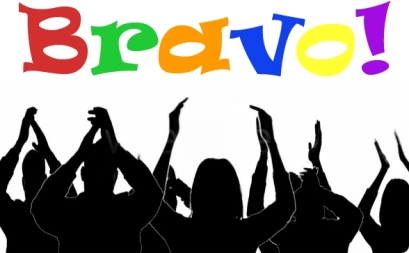HEAD WRAPS : A Cultural Fashions You Have to See
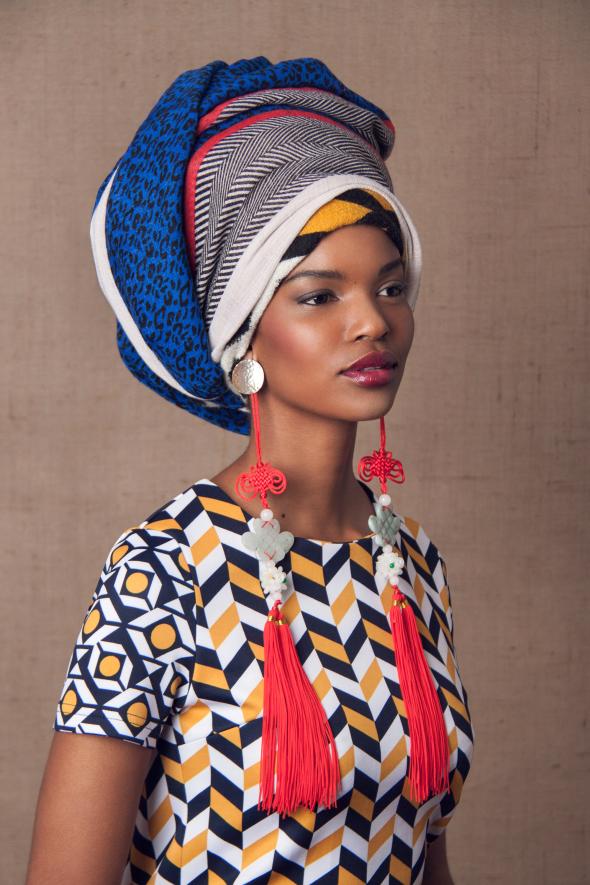
The hip women wending their way through Brooklyn’s streets in colorful head wraps owe a style debt to cultures like the Xhosa, who have inhabited the wild and windswept Eastern Cape of South Africa for more than 400 years. Alisa LaGamma of the Metropolitan Museum of Art’s Costume Institute—the department that throws the annual Met Gala, May’s annual parade of avant-garde fashion—says of the women’s head wrap tradition in Africa, “It’s part of an ensemble. Nothing particularly symbolic. It's an elegant little accent, a finishing touch.”
As a Xhosa woman’s age increases, so does the size of her head wrap, to acknowledge her status. But for special occasions the wraps are taken to truly teetering levels—a glimpse across the crowd of attendees at a Xhosa wedding offers a sea of colors and shapes.
To take home a piece of Xhosa high style, visit the village market at Mgwali in the Eastern Cape and choose the fabric created by local artisans that captures your fancy. There’s no right way to wrap, so be sure to keep your eyes open at the market for Xhosa shoppers with innovative wrapping shapes that you can try yourself.
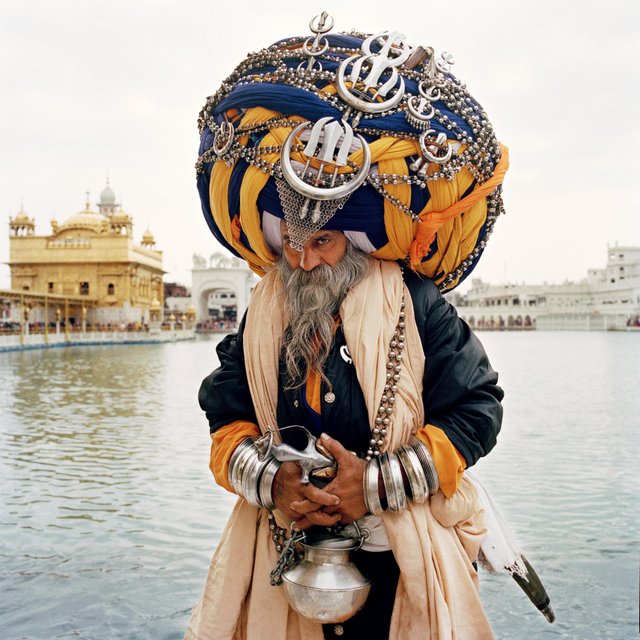
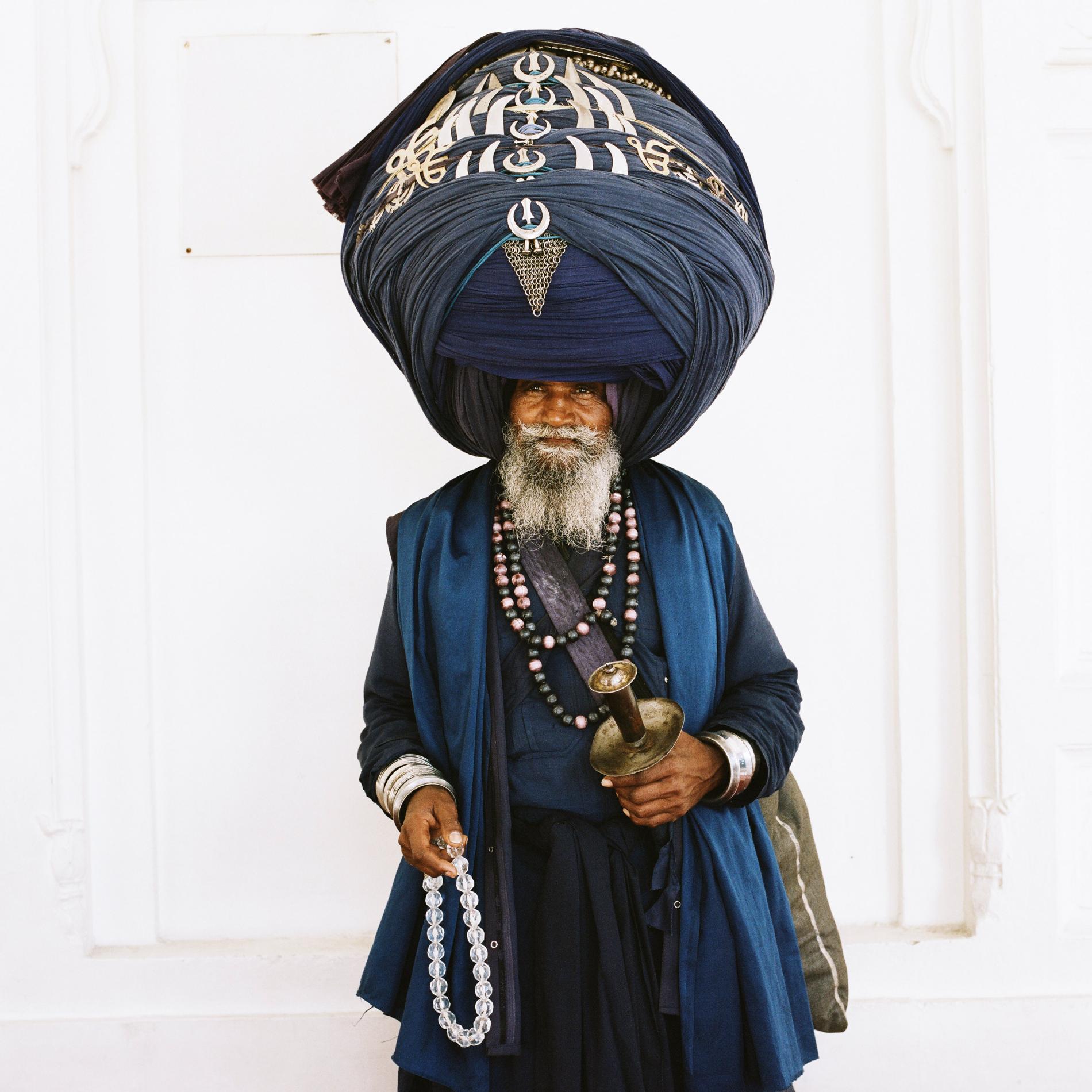
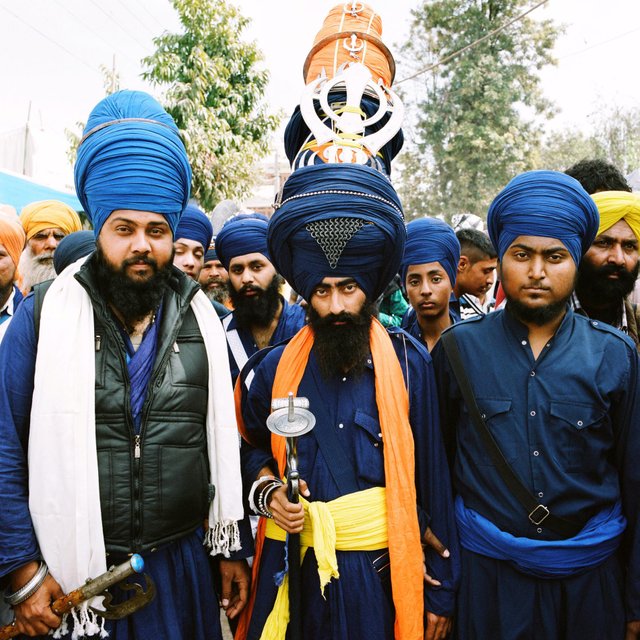
For absolute monumentality in head wraps, look to the Nihang. The largest recorded Nihang turban belonged to one Major Singh and was wound of 1,312 feet (400 meters) of material, required more than a hundred hairpins, and contained 51 metal religious symbols.
Four hundred years ago, the Moguls were invaders of what is now India. Enter the Nihang—which translates to “crocodile,” indicating fierceness and lack of fear of death—a Sikh sect who were known for their martial arts and skill with swords. Wrapped around long, uncut hair, their massive, bright blue turban (dastaar boonga, literally ‘“towering fortress”) was originally intended to provide protection against a Mogul sword blow to the head. It also housed weapons, including daggers, swords, and throwing discs.
Though in modernity the sect has gone from martial to spiritual, each spring these toweringly turbaned warriors descend on Anandpur in India’s Punjab region for Hola Mohalla, a celebration dating from the 18th century that extols martial prowess. On the third and final day of the festival, the Nihang ride galloping horses while standing up and hold mock battles and sword fights, sometimes pitting a single Nihang against a circling crowd of 10 opponents. Swords swirl, men leap, and turban armaments glint in the Punjab sun.
